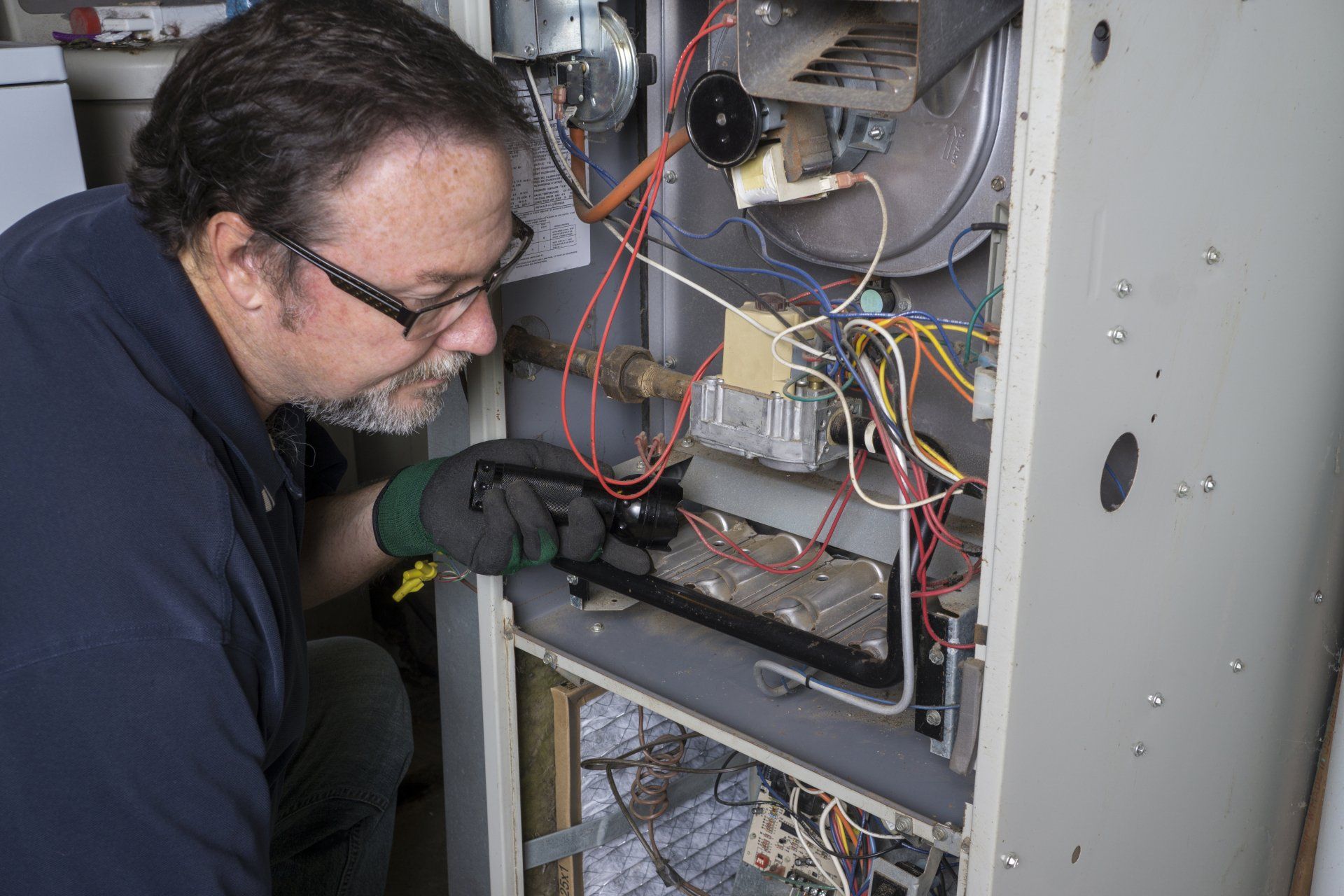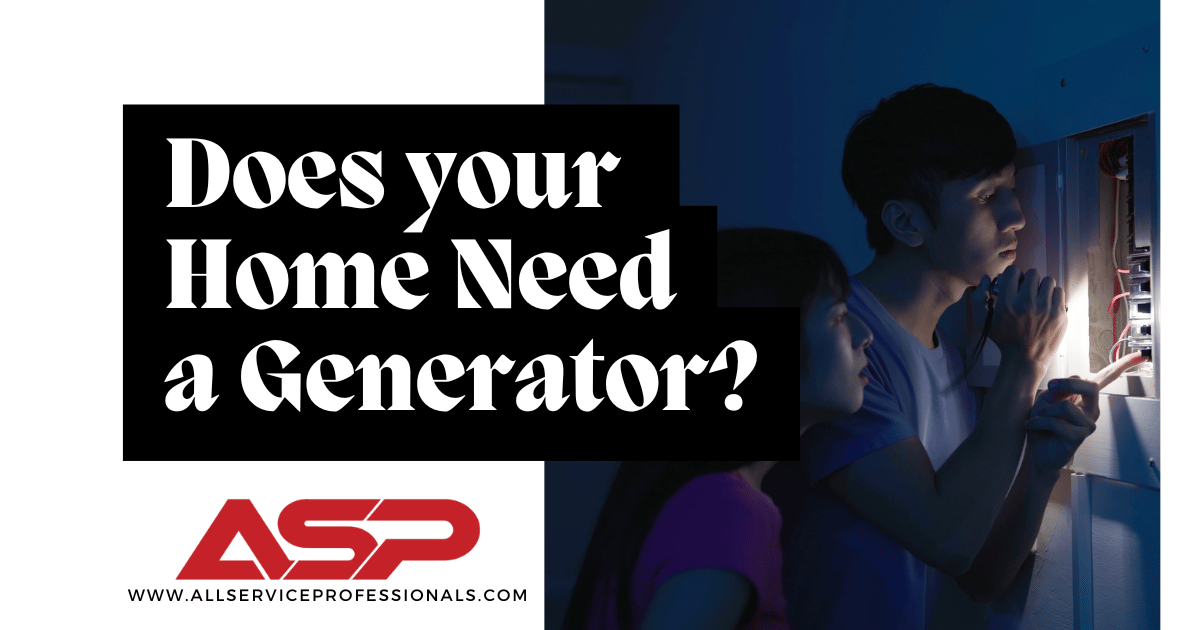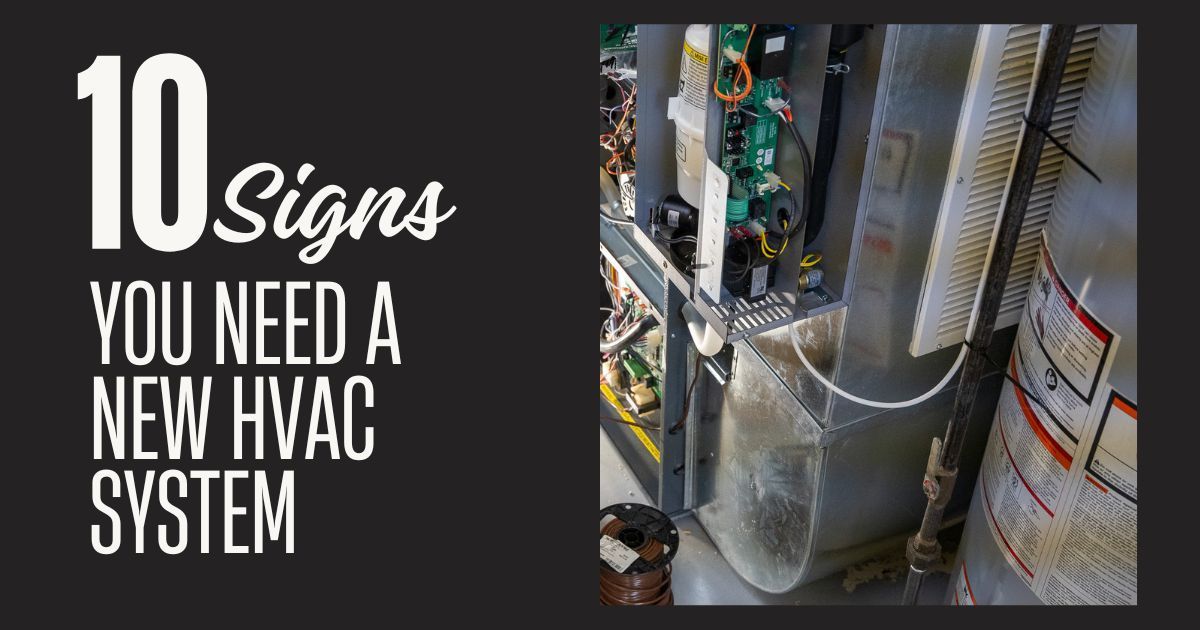ASP's Top Service Tips and Recommendations
FAQ's about HVAC Systems.

What does HVAC stand for: HVAC is the abbreviation of Heating, Ventilation and Air Conditioning.
To Schedule a FREE Estimate
HEATING:
A “Forced Air” heating system usually utilizes metal ducting routed through out a residence or garage to deliver hot or cool air though registers in the floor or ceiling. This is the most common way to deliver both heating and air conditioning through a unit that uses fuel oil, natural gas or propane fossil fuels to heat air and distributes it with an internal blower.
“Hot Water or Boiler” systems utilize copper pipes, radiators or infloor heat tubing to deliver radiant heating through-out a residence or garage. This system uses a unit that heats water instead of air and uses circulating pumps to deliver the heat.
VENTILATION:
HRV/Air exchangers are used to exchange the stale air inside your home with fresh outdoor air. Most HRV’s utilize a heat exchanger core that will recover a percentage of the heat that is being rejected outside.
Exhaust fans/range hoods are ventilation fans that mitigate humidity and odors from kitchens and bathrooms to the exterior of home but do not have the capability to bring fresh air into your home. The exhaust fans are becoming increasingly popular for garage applications also.
AIR CONDITIONING:
A “ Central Air” cooling system incorporates the same metal duct system that is used for heating to deliver air conditioning into the residence. It uses a separate unit that usually is placed outside the home and uses piping to a coil that is placed on top of the heating unit. This is the most common way to cool the home if you have a ductwork system in place for heating.
DUCTLESS MINI-SPLITS:
“Ductless Mini-splits” are heating and cooling units that do not use the traditional system of ductwork to distribute heat and cooling but incorporate individual wall hung units. They are mounted typically in the main living areas and bedrooms with the condenser unit located outdoors. The Ductless Mini-split system is very popular in homes that utilize hot water boilers for heating and do not have ductwork. The Ductless Mini-splits are also extremely energy efficient to operate and in some areas have large rebates available from local Utility’s and Co-op’s.
HOW MUCH WILL IT COST:
The price on a Replacement HVAC System
will be dependent on a number of factors.
- How long do you plan on owning the residence?
- Is saving energy $$ important to you?
- Are warranties important?
- Is comfort important?
- Is reliability a factor?
HOW LONG WILL INSTALLATION TAKE?
Installation depends on what is being replaced and time of year but, most residential replacements generally can be done in one day for single units. If the system ductwork needs upgrading the process may take multiple days.
CAN NEW HVAC SYSTEMS BE FINANCED?
Yes, most HVAC systems can be financed. ASP has multiple financing plans available to handle any type of HVAC replacement or new system.
WILL IT HELP THE VALUE OF MY HOME?
Yes, a new HVAC replacement or system will add to the value of the home as heating and cooling comfort is becoming more of a value to the consumer, not to mention the monetary savings with the new energy efficient HVAC options available and reliability factor.
WHEN DO I LOOK AT REPLACING MY HVAC SYSTEM?
Most HVAC systems have a lifespan of 10-15 years. If your system is getting to the 12-15 year mark or it has been costing you a lot for repairs, it may be time to replace. It seems like when the systems decide to fail it is always at an inopportune time and can cause much stress. Technology is also advancing with HVAC systems compared to what was cutting edge 10-15 yrs ago. With these advances it is nice to have piece of mind, along with a new warranty and most importantly knowing ASP will be there to handle any issue that comes up.
DO I NEED TO REPLACE ALL SYSTEM COMPONENTS?
This will also be dependent on budget, and how long will you be staying in the home? In many cases, if the distribution part of the HVAC system is aging or a small component in the systems, it may make sense to replace all components and have the piece of mind going into our cold winters.
Share this post
ASP's Top Service Tips and Recommendations.

Winter storms, strong winds, and unexpected outages can wreak havoc on your daily life. A whole house generator provides uninterrupted power, ensuring you can keep your family comfortable and your home running smoothly. At ASP, we specialize in offering high-quality Generac generators tailored to the needs of local homeowners. Our team provides professional installation and ongoing support, so you can have peace of mind knowing your backup power solution is always ready to perform.


